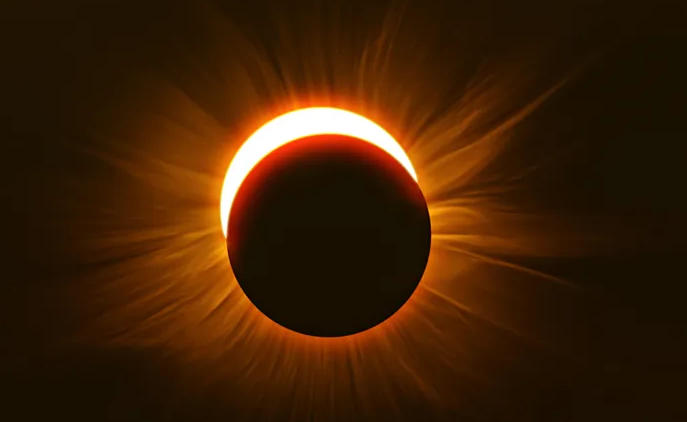On Monday, April 8, a significant celestial event will unfold as millions of Americans witness the temporary darkening of the sky during the 2024 solar eclipse along the path of totality. This marks the first time in seven years that a solar eclipse will cross North America, with the next occurrence in the contiguous U.S. not expected until August 23, 2044, according to NASA.
The exact timing of the solar eclipse will vary depending on the state and time zone, with visibility subject to weather conditions on Monday.
Whether observing from home or traveling to witness it firsthand, here’s what to expect for the eclipse’s exact timing.
Here are the main cities in each state where totality is expected in the United States (note that the provided times exclude the start and end of the partial eclipse):
Dallas, Texas: 1:40-1:44 p.m. CDT
Idabel, Oklahoma: 1:45-1:49 p.m. CDT
Little Rock, Arkansas: 1:51-1:54 p.m. CDT
Poplar Bluff, Missouri: 1:56-2:00 p.m. CDT
Paducah, Kentucky: 2:00-2:02 p.m. CDT
Carbondale, Illinois: 1:59-2:03 p.m. CDT
Evansville, Indiana: 2:02-2:05 p.m. CDT
Cleveland, Ohio: 3:13-3:17 p.m. EDT
Erie, Pennsylvania: 3:16-3:20 p.m. EDT
Buffalo, New York: 3:18-3:22 p.m. EDT
Burlington, Vermont: 3:26-3:29 p.m. EDT
Lancaster, New Hampshire: 3:27-3:30 p.m. EDT
Caribou, Maine: 3:32-3:34 p.m. EDT
When will the 2024 solar eclipse occur?
The eclipse will begin in Mexico around 11:07 a.m. PDT on Monday, April 8, before crossing into Texas at 1:27 p.m. CDT. It will end in Maine at 3:35 p.m. EDT. Even if you’re not within the path of totality, you may still catch a partial glimpse of it.
Even for those seeing only a portion of the eclipse, the database can provide information on timing, duration, peak, and percentage visibility in your area.

What is the path of the 2024 solar eclipse?
The solar eclipse originates in Mexico before entering the U.S. via Texas. The path of totality, spanning about 115 miles wide, extends northeastward, passing through 13 states. In the U.S., totality concludes in Maine, with the eclipse eventually reaching Canada’s maritime provinces.
